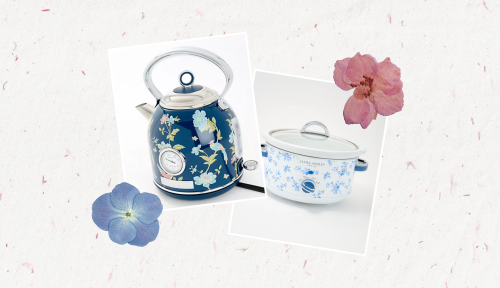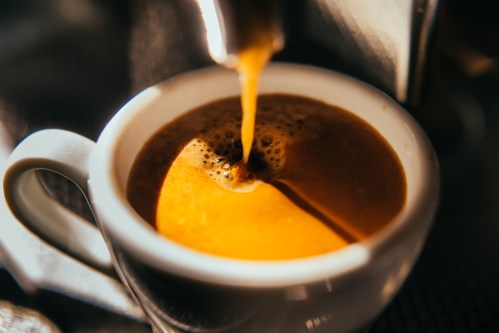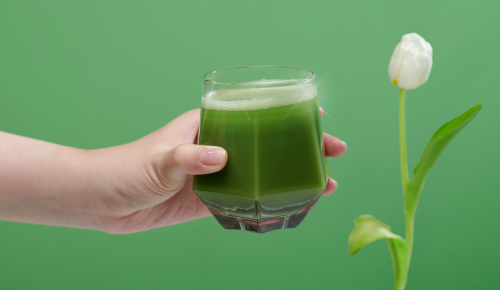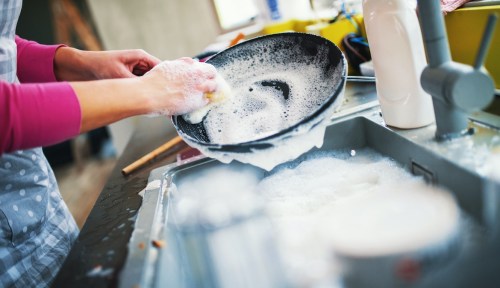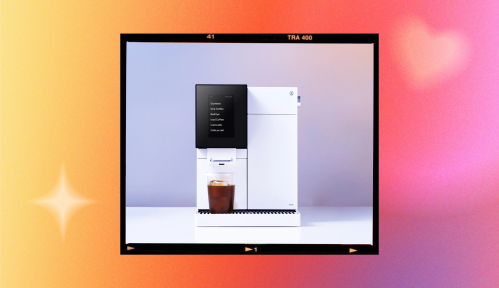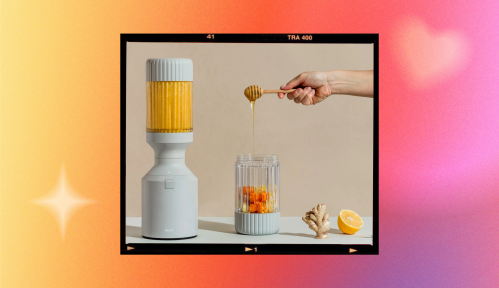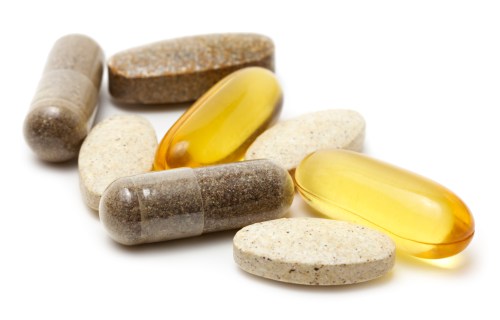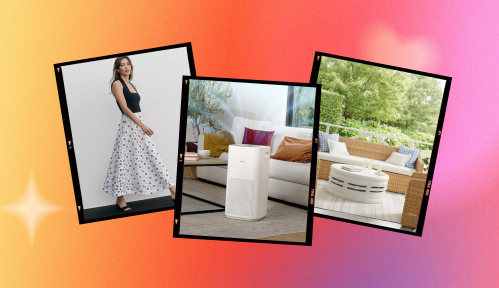Our editors independently select these products. Making a purchase through our links may earn Well+Good a commission
It's a tale as old as time: First, my coffee is too hot to sip. Then, it's *just right* for about three minutes. And finally, I get distracted by real life and come back ten minutes later to a beverage the temperature equivalent of a lukewarm bath (hard pass). I tried insulated mugs, but they only delayed the problem instead of solving it. So, when I heard about the Ember Mug, I knew I had to get my hands on one ASAP.
If you haven't heard of the Ember Mug but also are in the can't-stand-room-temp beverage club, let me introduce you to what might be your new favorite gadget. This smart mug allows you to set an exact drinking temperature, ensuring every sip is just the way you like it, every time. With a built-in heating system, it keeps your drink consistently warm rather than letting it gradually cool. As someone who prefers my coffee piping hot—right below the burn-your-tongue threshold—the Ember Mug has been a game-changer.
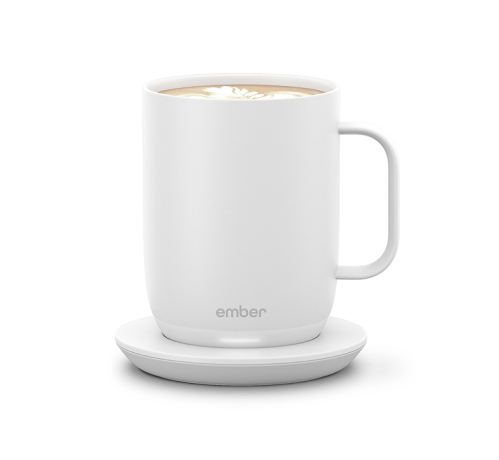
Ember Mug 2, 14 oz. — $150
- Comes with a mug and charging coaster
- Three color options: white, black, copper ($180)
- Want a smaller cup? Check out the 10-ounce option ($130) and metallic 10-ounce option ($150)
- PSA: Get free shipping on QVC on 2/17 only.
Through the Ember app, you can select a temperature between 120°F and 145°F. After some trial and error, I found that 135°F is my personal sweet spot. Once it reaches the desired temperature, a small LED light at the base lets me know it's ready to drink—no guesswork required.
Before using the Ember Mug, I didn’t realize just how much time I was wasting microwaving my coffee. Because, look, I have other things to do in the morning than guard my coffee mug—like walking my dog, making a protein-rich breakfast, or squeezing in a workout—which all used to necessitate constant reheating. The Ember Mug has eliminated this frustration entirely. One heads up: The mug keeps drinks at the perfect temperature for about an hour to an hour and a half, which might be too short if you're having a particularly leisurely morning—but when paired with the charging coaster (which comes with your mug purchase), you can extend the warming time indefinitely.
At $150 for a 14-ounce mug, it's definitely a splurge. But for me, it’s one of those little luxuries that makes everyday moments better. The sleek, button-free design feels elevated, and the temperature control works exactly as promised. If you're someone who constantly gets distracted and comes back to cold coffee, this is a total upgrade.
Ultimately, the Ember Mug has transformed my morning routine, making coffee breaks feel more intentional and enjoyable. If you're on the fence, I'd say this: If you love sipping your coffee or tea at just the right temperature and want a seamless, distraction-free experience, it’s worth the investment. And if you’re looking for a foolproof gift for a coffee or tea lover in your life, this is it. Cheers to coffee that's just the right temp every time.
Sign Up for Our Daily Newsletter
Get all the latest in wellness, trends, food, fitness, beauty, and more delivered right to your inbox.
Got it, you've been added to our email list.

